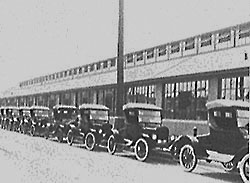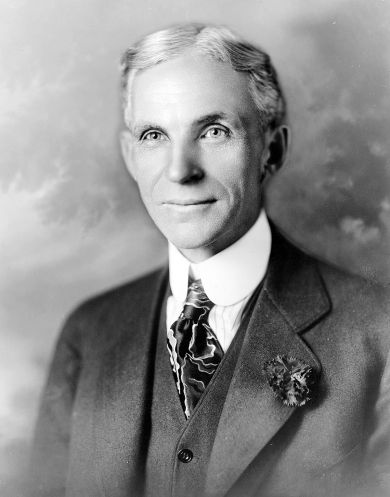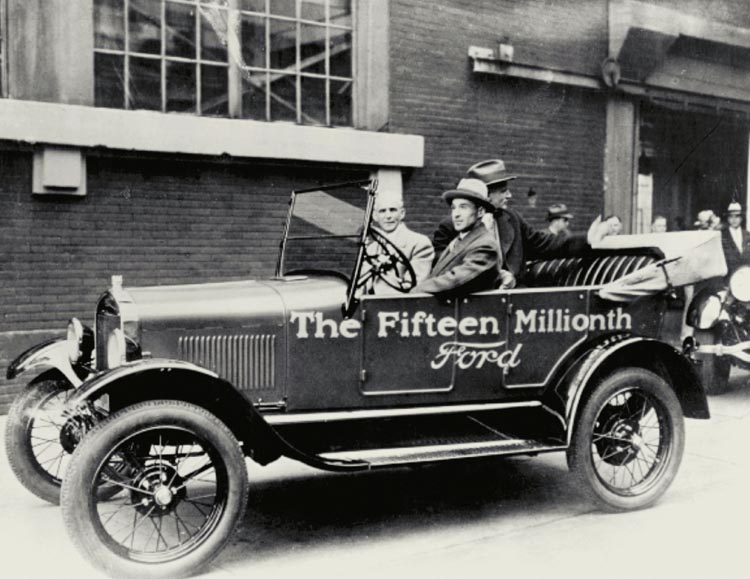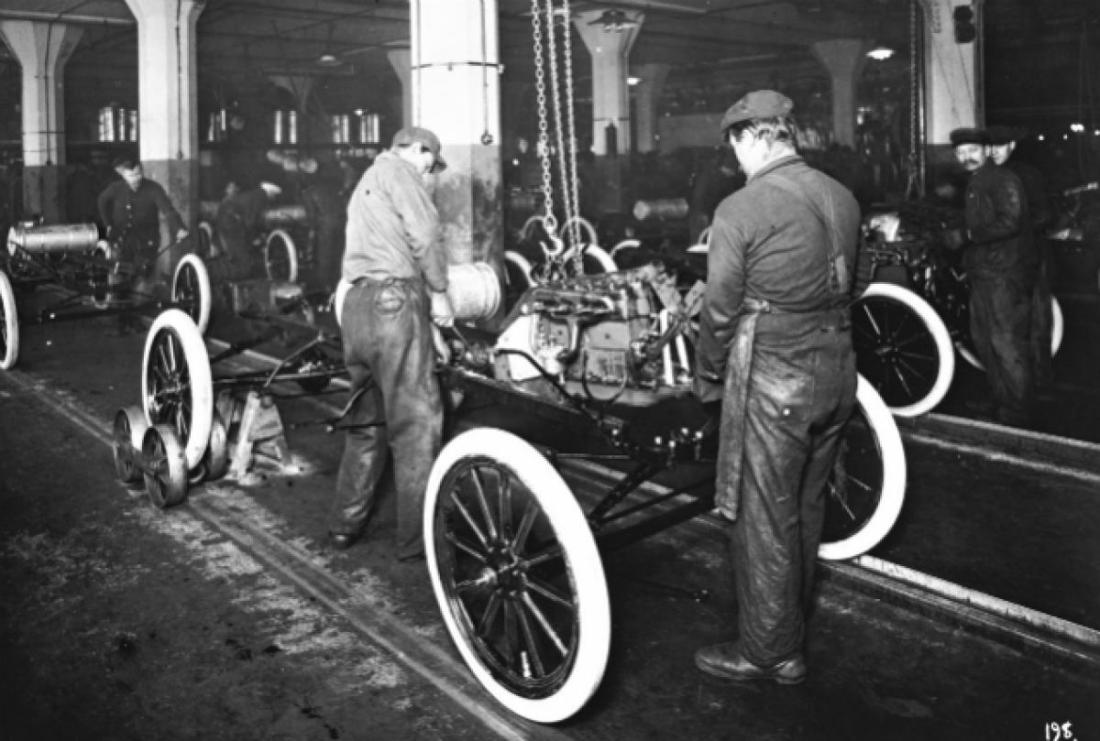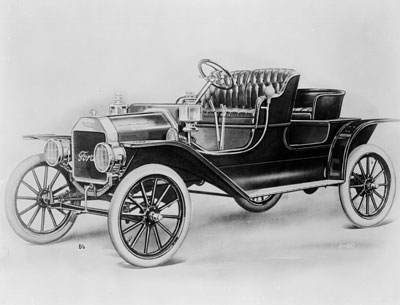As a coach it is very easy to get wrapped up in theory rather than practice, the topic itself is challenging because it is so simple to understand but so difficult to execute. We see so many Agile Transformations fail, so many poor implementations of Kanban or Scrum and at times it feels great other time so futile, the concepts are neither complex, nor new, but they are very difficult to implement effectively and in a lasting manner.
Successful Agile Software Development is in my opinion based on three similar but intertwining thought processes and if any one is absent the strength of the whole is significantly diminished.
- Systems Thinking
- Community Context
- Reflective Practice and Application
Sometimes we get focused too heavily on the principles and the values but the Manifesto begins with what I think is a statement more important than the rest.
Manifesto for Agile Software Development
We are uncovering better ways of developing
software by doing it and helping others do it.
At the very heart the manifesto is about getting better at delivering software.
“We are uncovering better ways” – it is a journey of discovery, we do not have all the answers. “by doing it and by helping others do it” – It is not just theory, and we share our successes with others so they can benefit from our past successes and failures.
Systems Thinking
It sounds grand and perhaps I would be better served coming up with a less grandiose title but essentially the issue here is that YOU are not the center of the universe. You could mean you personally, or your team.
Systems Thinking = YOU are not the center of the universe
The goal is effective Agile Software Development, solving a problem for a user, with software. Our system is the whole process from identifying a need, through to the delivery of a solution, and that solution being used to satisfy a need.
Our system is not coding; it is not moving a card from one column to the next.
Having great code on a branch that will not get to the user for months or years (if ever) is not satisfying customers, however proud you are of it. The same is true for designs or perfect architecture for features not needed .
Transformation failures
In my experience I would attribute a significant majority of unsuccessful transformations (and many business failures) as a result of a failure by members of the team to grasp that they are contributors to a larger system, it sounds insensitive, but you are just a link in a chain, a cog in the machine. Focusing too much on one small part is not helping the organisation or the system as a whole.
And yet we expend a lot of effort on improving local efficiency, and at the same time failing to grasp that your efficiency is irrelevant without context. By focusing on your own local efficiency is at best doing nothing for the larger system and at worst making the larger system less efficient – by not focusing on what is needed. The obsession with coding efficiency in particular kills a great many software products. I see teams actually proud of a growing pile of stories in need of testing, or a team dedicated to front end UI proud of having endless features complete against mocks and how the back end teams can’t keep up. Sadly these teams seem oblivious to the fact that they are not adding value to the system.
Community Context
Systems thinking refers to the context and the domain but within that is a team – often many teams. The teams are a collection of individuals – all distinct and all different, and your ability to work together (or not) can determine how well you are able to produce software. Teams that bond and grow together achieve amazing things, teams that fail to establish trust can and do churn without making much progress.
An understanding that software development is about people first and foremost, may sound an odd statement when media presents it as a lonely and socially awkward enterprise. But all aspects are about interactions, within the team, with users, with stakeholders, with other teams, the list goes on, but effective communication drives software development.
Those that master the understanding that product creation is a people centered activity and overwhelmingly a team activity will thrive, we build cross functional teams in the belief that self-organisation and motivated groups produce great software – and they do.
It can be tough adjusting from thinking about you as an individual to you as a member of a larger community, but when we can act in a way that best serves our community rather than ourselves we start to become a high performing team, it is worth noting that you do not create a high performing team by simply grouping a number of high performing individuals, often that is a disaster. High performing teams arise when we learn that we are more that the sum of our parts.
The second part of this is that part of being in a community is sharing knowledge and offering support. The manifesto calls out that part of being agile is not just doing it but helping others do it. We find ways to grow as individuals and together.
Reflective Practice and Application
Finally and this is the pillar that binds it together and makes it so strong. We take time to reflect often, so much so that we become skilled in self-reflection and in giving feedback to others to aid their self-reflection.
I believe every team – not just technical teams should take a break and reflect regularly, no matter what you do, you can improve, but you need an environment conducive for that thought process. An hour away from your normal environment may end up being the most productive hour of your week if you can learn to reflect effectively.
Facilitating Retrospectives
Facilitating retrospectives is a difficult skill, getting past the noise to get at the real issues can be difficult and takes skill and practice, but both the facilitator and teams get better at this over time, especially if they reflect on how to improve this skill.
As a group and individually we should take time to identify learning opportunities, we continually observe ourselves and our teams looking for ways to improve. We learn to give and receive feedback in a way that helps us grow – not to diminish us.
We challenge our thinking, we question our beliefs and we look for ways to grow.
We learn how to experiment in structured ways trying new things and observing, we learn the value of metrics and measurements, both in our team and our products.
But the learning and reflection is for nothing if we do not apply what we learn, the application becomes yet another skill we can develop, may of us can become analytical and observant but continue to do the same things despite what we see.
If you always do what you’ve always done, you’ll always get what you always got
Learning to apply our observations and reflections in a structured an effective way is another challenge, and bringing this back full circle to systems thinking we should focus on the area that is holding us back the most and deal with that alone, and then repeat the process.

Trying to fix too many things or focus on too much at once can lead to confusion and particularly if you are measuring impact of changes if you change more than one thing it can be very difficult to know which one had impact.
Summary
All three of these thought processes overlap, intertwine and often depend on each other, but when bound together are extremely strong, and we can and will get better at delivering software and helping others to do it.











